This video by the ABC investigates the echidna.

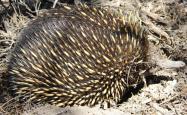
This video by the ABC investigates the echidna.
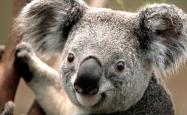
This CLE covers the concepts of environmental adaptation.
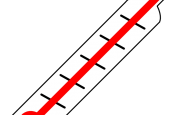
This online resource investigates the advantages and disadvantages of vaccination.
Mosquito larvae. I’m putting together some activities for Year 2 students and was wondering if we are still able to use mosquito larvae in the classroom?
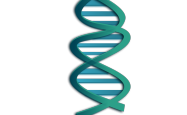
This CLE covers the topic of genetic inheritance.
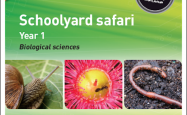
This online resource supports Year 1 students learning about schoolyard creatures.
Phenylthiocarbamide (PTC) paper used in genetics: Are we still allowed to pu
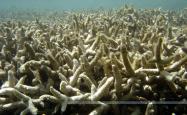
This online resource examines the bleaching of coral due to climate change.
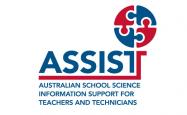
This Standard Operating Procedure (SOP) contains a detailed method, including photographs, for how to perform a heart dissection.
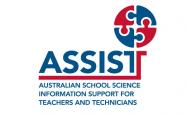
This Standard Operating Procedure (SOP) contains a detailed method, including photographs, for how to perform a kidney dissection.